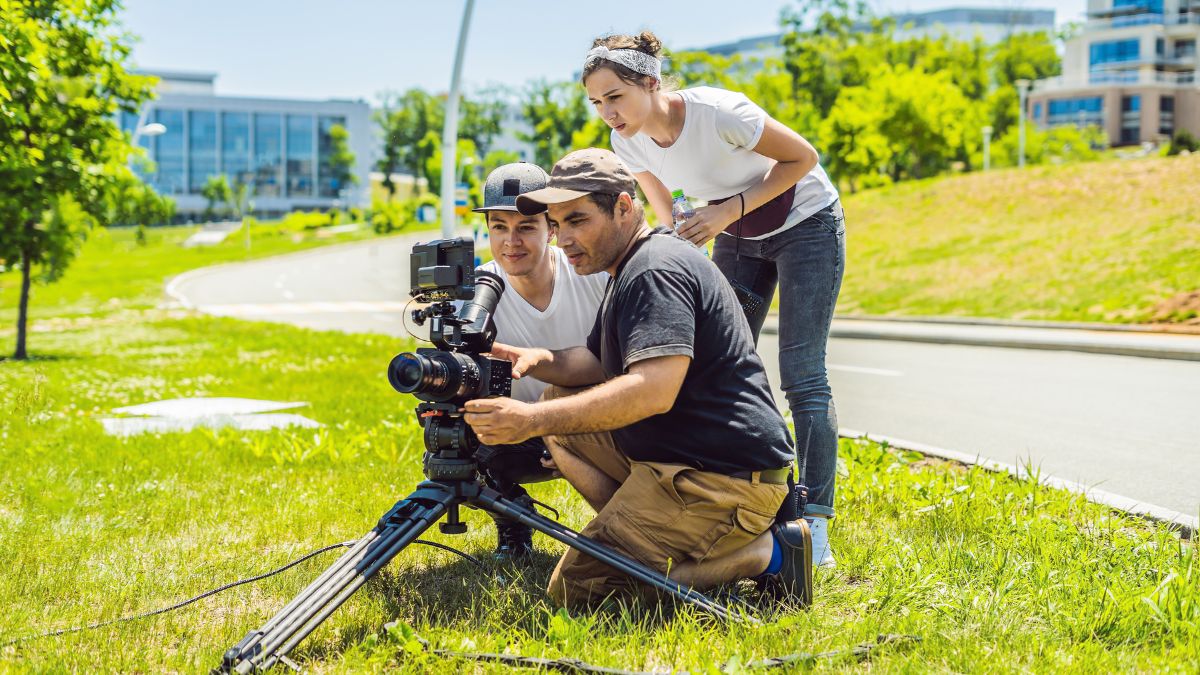Gone with the Wind: An Epic of the 1930s
Gone with the Wind: An Epic of the 1930s
The Growth of Documentary Filmmaking in the ’90s

The Growth of Documentary Filmmaking in the '90s
The 1990s, a decade renowned for its radical shifts in culture, technology, and global connectivity, also heralded an unprecedented renaissance in the realm of documentary filmmaking. This era, brimming with innovation and an insatiable appetite for reality, transformed documentaries from niche educational tools to mainstream cinematic spectacles, captivating audiences worldwide with stories as diverse as life itself.
At the heart of this transformation lay the advent of digital technology. The introduction of affordable, high-quality video cameras and editing software democratized filmmaking, allowing storytellers from every corner of the globe to craft their visions into reality. This technological leap was not merely a matter of convenience or cost; it was a revolution that enabled filmmakers to venture into uncharted territories, both geographically and thematically, with a newfound agility and fearlessness.
The ’90s documentaries broke free from the shackles of traditional narratives and formats, exploring subjects with a depth and rawness previously unseen. These films did not merely observe; they immersed audiences into worlds beyond their imagination. From the haunting echoes of war zones to the vibrant streets of burgeoning subcultures, documentaries like “Hoop Dreams” and “Paris is Burning” offered a lens into the complexities of human life, challenging viewers to confront realities far removed from their own.
“Hoop Dreams,” a film that followed the lives of two African-American high school students dreaming of NBA stardom, transcended its sports documentary label to become a poignant commentary on race, education, and socioeconomic mobility in America. Its intimate portrayal of the struggles and triumphs of its subjects over the course of five years was both a technical marvel and a narrative powerhouse, reshaping audiences’ expectations of what documentaries could achieve.
Similarly, “Paris is Burning” delved into the New York City ballroom culture of the late ’80s, providing a vibrant, yet heartbreakingly honest exploration of race, gender, and sexuality. This documentary not only brought marginalised communities into the spotlight but did so with an authenticity and respect that had seldom been seen before.
The rise of cable television and the proliferation of film festivals also played pivotal roles in the documentary boom of the ’90s. Channels like HBO and the Sundance Channel, alongside festivals dedicated solely to documentaries, provided platforms for these films to reach audiences beyond the constraints of traditional cinema. This exposure was instrumental in cultivating a culture that valued and sought out documentary storytelling, elevating the genre to a staple of entertainment and education.
But perhaps the most awe-inspiring aspect of the ’90s documentary movement was its impact on society. These films did more than entertain; they educated, incited dialogue, and even drove social and political change. They proved that storytelling, rooted in truth and crafted with care, has the power to transcend screens and shape the world.
As we look back on the ’90s, the legacy of its documentary filmmaking continues to resonate. The era not only expanded the boundaries of the genre but also redefined the power of cinema as a mirror to humanity. In capturing the beauty, pain, complexity, and resilience of the human experience, the documentaries of the ’90s reminded us that in every truth, there is a story waiting to be told, and in every story, a chance to see the world anew.